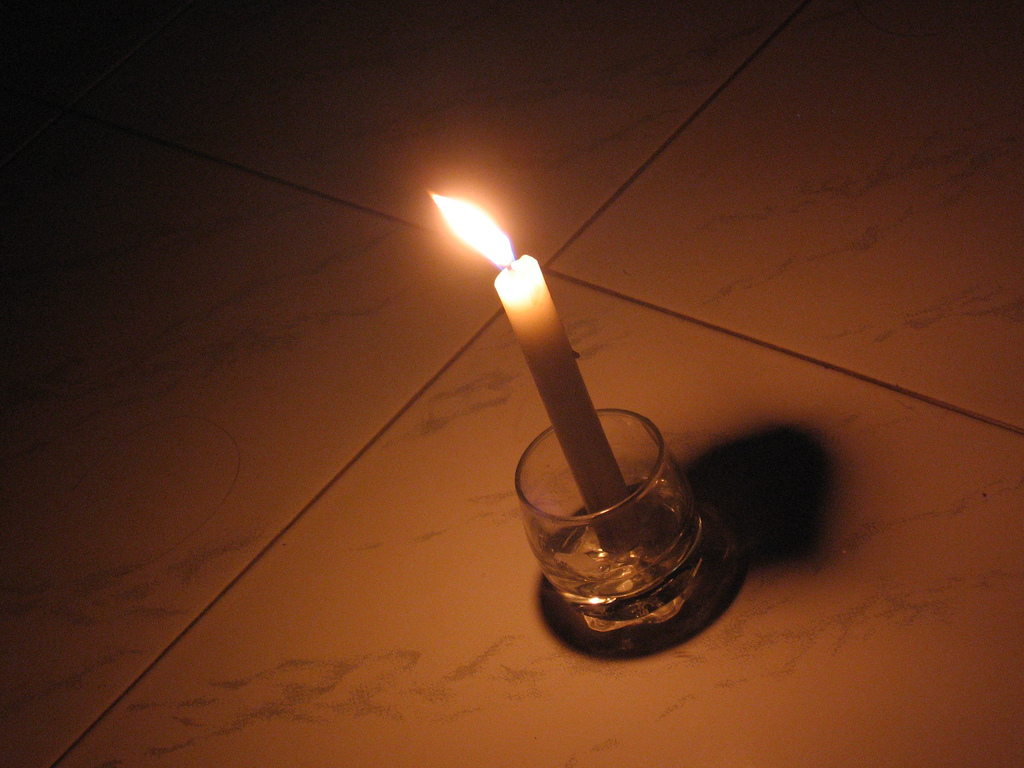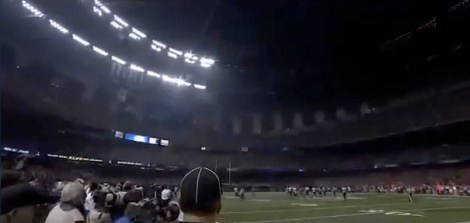So what does it mean when America’s premier sports event goes dark for 34 minutes? Was Beyoncé just too electrifying? Or does the Super Bowl blackout signify deeper problems with electrical infrastructure?
First, we now know Beyoncé is off the hook. The halftime show used its own generator. So was the utility to blame? Entergy says a monitoring device detected a power surge in the system, and automatically shut down a feeder to half the stadium. That was to prevent any problems from spreading. Ironically, while the event spurred calls, such as this one at The Daily Beast, for a smart grid, that was a pretty smart piece of grid automation at work. Utility officials, in fact, place the problem within the Superdome’s own power system, giving the poster child for Katrina’s humanitarian crisis a new source of notoriety.
While the particulars are a bit blurred, the blackout does make the case for a different shape of power-grid architecture that is indeed an advanced form of smart grid. The vision is one of a network of smart microgrids served by distributed energy sources. One of the leading proponents is the Galvin Electricity Initiative. It was pioneered by Bob Galvin of Motorola following the monster East Coast blackout in 2003.
Galvin looked at the rate of power interruption acceptable in the power industry, which settles for 99.99 percent service, and contrasted it with the 100 percent performance for which his telecommunications industry strives. Perfect power should be the goal for power service, he asserted, especially with the spread of digital equipment highly sensitive to disruptions. From that, the initiative developed its solution. Instead of one big grid, make smart microgrids the building blocks for a much more resilient system.
Large facilities such as sports arenas, office blocks, shopping malls, and campuses should have their own microgrids with clean, local generating sources. These are not just back-up generators, but entire systems that provide primary service and can stand alone when necessary. While smaller power plants might lose some efficiency compared with large central plants, they more than make this up in two ways. First, local generation eliminates electricity leakage from power lines, typically around 9 percent. Second, the heat from a local power plant can be used on site, often doubling the efficiency of a central plant, which throws away its heat. It is clear the Superdome would make an ideal microgrid site.
This was brought home for me personally last week when power failed in Corvallis, Ore., due to a faulty transmission line. People waking up to attend the Harvesting Clean Energy Conference were greeted by darkened rooms. But because the conference was at Oregon State University, served by its own campus microgrid, the event could start nearly on time. I tell the story here. The contrast with the events in New Orleans could not be greater.
The Super Bowl blackout is being made a symbol of America’s decaying infrastructure and need for a smart grid. What would perhaps be more accurate is that it demonstrated the vulnerabilities of a centralized power grid and the need for a more resilient and decentralized power network. Smart microgrids, linked in networks, are what we will need to deal with the increasing extremes of climate and the power disruptions that inevitably accompany them. And they even reduce carbon emissions, no small consideration for any of us, especially a city threatened by hurricane storm surges and global sea-level rise.





